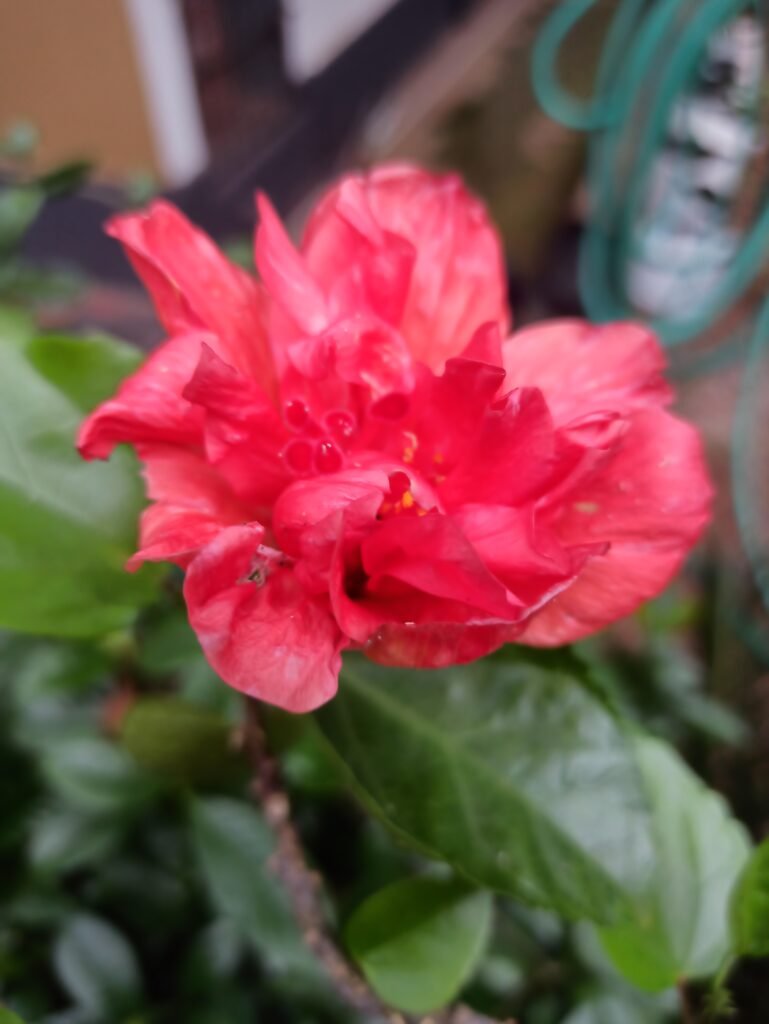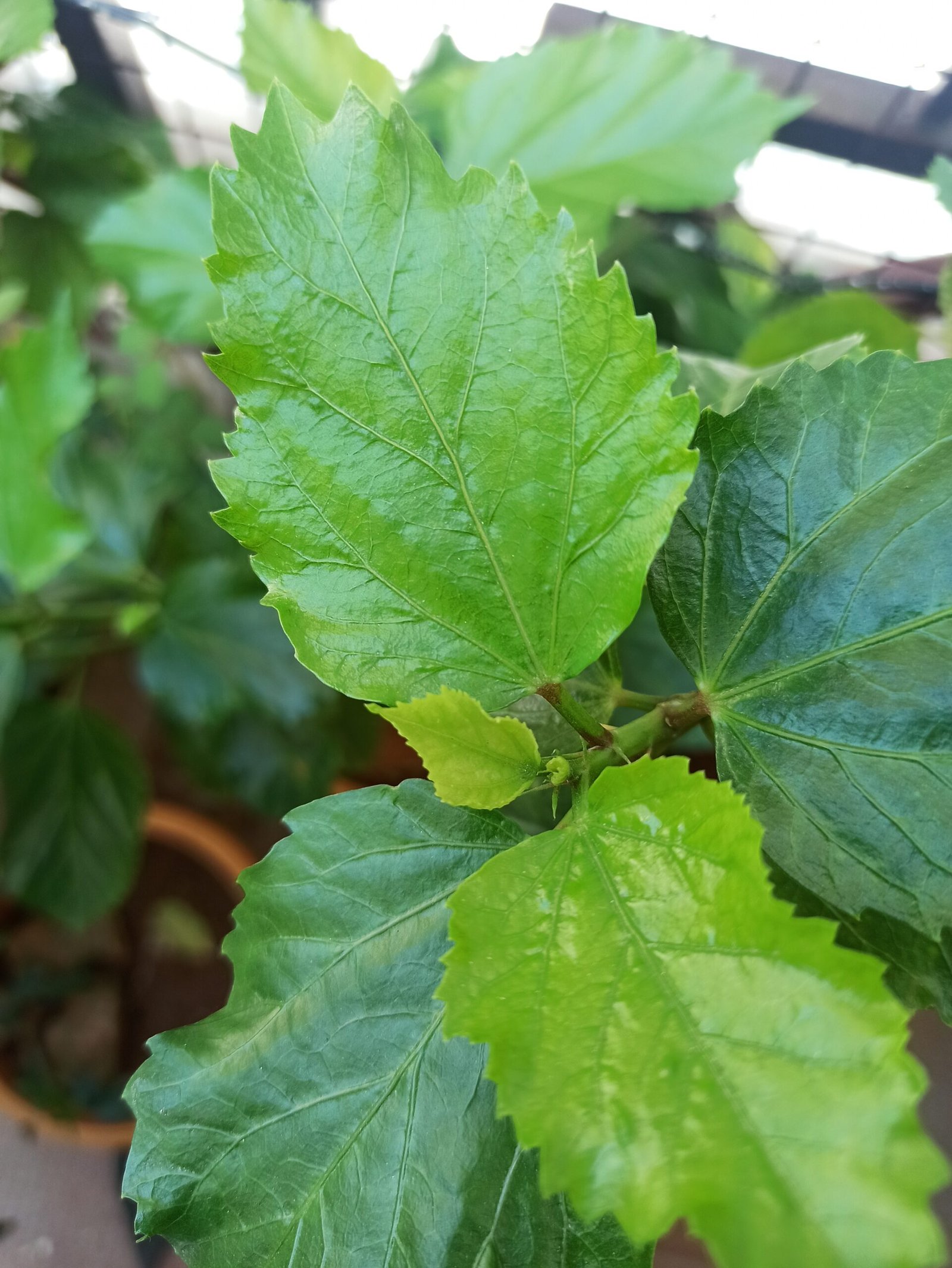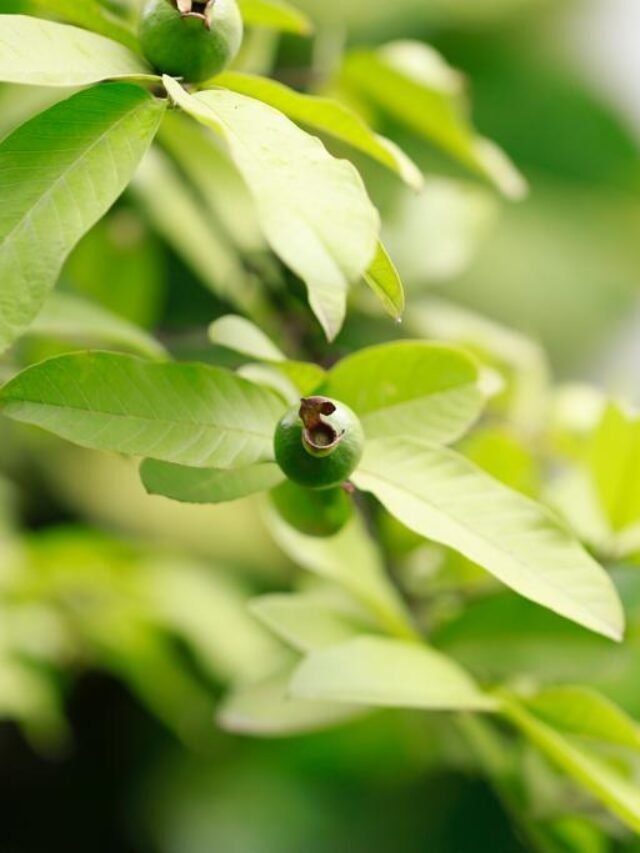Essential Steps for Starting a New Garden
Gardening can seem like a daunting task, but with the right steps taken from the start, it can be an enjoyable experience. In this article, we’ll outline the essential steps that you need to take to get your garden off the ground.
From planning out your garden layout to choosing the right plants, read on for tips and advice that will get you started on creating a thriving ecosystem!
Choose a Location
Before you can plant anything, you need to choose a location for your garden. Several factors should be taken into account when making this choice:
-Location: The best garden location is sunny and well-drained. The soil shouldn’t be either moist or very dry.
-Size: You’ll need enough space to grow a variety of plants. A small garden can fit in a corner of a patio or balcony, while a larger garden can occupy an entire yard.
-Soil: Select soil that is rich in nutrients and has good drainage. Most gardens prefer an acidic pH level, so check the soil before you buy it.
-Fertilizers: Once you’ve selected your garden location and soil type, start adding fertilizers to your soil. These will help your plants grow and produce fruit.

Choose the Right Plants
No matter what type of garden you are planning to start, there are a few essential steps you need to take first. First, identify the areas in your yard that will receive the most sunlight and enjoy the best growing conditions. Next, decide on the kind of plants you would like to grow.
There are many types of plants to choose from, so it is important to consider your preferences and the climate where you live. Once you have chosen your plants, it is time to get started with the soil preparation.
Healthy soil is key for successful gardening, so make sure to add organic matter and organic fertilizer before planting. Finally, water your plants regularly and maintain their health by checking for pests and diseases.
Prepare the Soil
If you’re starting a new garden, you’ll want to prepare the soil first. Healthy garden soil will hold water, nutrients, and plants well. Here are some essential steps for preparing your soil:
- Add organic matter. This can be compost, aged manure, or straw.
- Create a good mixture of sand, loam, and clay.
- Test the pH of the soil before planting anything. You can do this with a soil test kit or by looking at a pH book or online resource. Keep in mind that the pH should be between 6 and 7 for optimal plant growth.
- Plant in full sun or part sun? Gardeners often debate whether plants need full sun or partial sun to grow well. The answer is that it depends on the plant’s specific needs.
- Generally speaking, plants in full sun grow taller and straighter than those in the part sun; however, part shade can be just as beneficial for some plants as full sunlight. Talk to a gardening expert if you’re not sure which type of sunlight your plants need.
Water the Garden
Watering the garden can be a chore, but it’s an essential step for success. Follow these tips to make sure your garden always has the water it needs:
-Choose a watering schedule that works with your lifestyle and the weather. Most gardens can be watered twice a day, morning and evening.
-Set up an automatic watering system. This is a great option if you have a large garden or many plants in different areas. It will water the plants while you are away and save you time.
-Make sure the water is flowing evenly through the soil. Water at a depth of six inches and allow the liquid to soak into the soil for two minutes. This will help prevent runoff and ensure good plant growth.
Feed the Garden
If you’re considering starting a garden, there are a few essential steps you should take. First, figure out what kind of gardening you want to do. Are you looking for a small plot in your backyard or want to grow crops on an acre or more?
Once you know the basics of what you need and want, consult your local garden center or online retailer for specific recommendations on plants and supplies.
Once you have your plants, it’s time to get started watering them! A garden needs consistent water if it’s going to thrive, so invest in a good irrigation system or use rainwater if possible.
Be sure to also check the soil moisture levels regularly and adjust as needed. Finally, be sure to fertilize your plants once a month with something like compost or manure and give them plenty of sun exposure. Your garden will thank you!
Prune the Garden
When starting a new garden, one of the most important steps is to prune the garden. By taking care of the plants and vines, you will be able to enjoy a beautiful garden that is in good condition.
Here are some essential steps for pruning your garden:
- When first planting your garden, make sure to choose plants that are appropriate for the climate and soil conditions.
- Once the plants have grown, begin to thin out the plants by removing any that are too tall or spindly. Remember that plants should be spaced at least two feet apart so they can grow properly.
- If you see any pests or diseases attacking your plants, take action right away. Prune away any diseased or infected branches, and use a fungicide or herbicide as directed on the label to prevent future problems.
- After a few years, you may need to rejuvenate your garden by pruning back some of the older growth and adding new younglings from your original plantings. This will help to keep your garden looking fresh and new.

Harvest the Garden
It’s time to start harvesting your garden! The following are some crucial first steps:
- Prepare the soil: A well-prepared garden bed will result in healthy plants and vegetables. First, add organic matter such as compost, aged manure, or rotted leaves to the soil.
- This will help improve the texture and aeration of the soil. Next, add water until it reaches a depth of six inches. Finally, turn the soil with a fork or spade.
- Plant your garden: Once the ground is ready, start planting! Choose a variety of plants that are compatible with your climate and soil type. Be sure to choose plants that can take full sun or partial shade.
- water your plants: Keep your plants watered by sprinkling water onto the foliage or using a watering can with a hose attachment. Don’t forget to water your garden in late summer and early fall when rainfall is less common.
- mulch your plants: Mulching helps prevent weeds from growing and reduces moisture loss from the soil surface. Apply fresh mulch every three to four weeks during the growing season to keep the roots cool and moist.
- harvest your vegetables: Harvesting

















